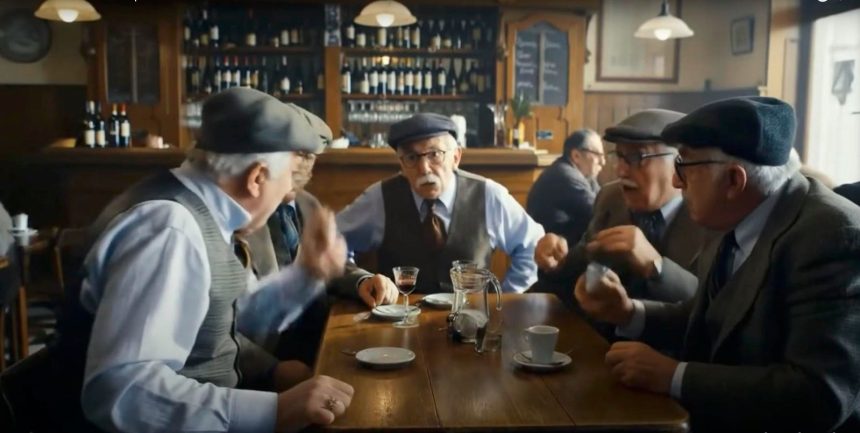The burgeoning field of AI-generated video content has taken a significant leap forward, demonstrated by digital artist László Gaál’s compelling three-minute commercial. Remarkably, every element of the video, from the commercial itself to the purported behind-the-scenes footage showcasing sets, crew, and equipment, is entirely AI-fabricated. This clever deception, which initially tricks viewers with the seemingly real commercial and then escalates the ruse with fabricated production footage, underscores the rapid advancement of AI video technology. Gaál’s work, created using Google DeepMind’s experimental Veo 2 platform, highlights the potential for creating realistic video content with unprecedented ease and speed. While still in its early stages, Veo 2 offers a glimpse into a future where high-quality video production could become significantly more accessible.
Although Gaál’s demo showcases the impressive capabilities of AI video generation, it also reveals current limitations. The video’s 1080p resolution, while suitable for online platforms like YouTube, falls short of the higher resolutions demanded by professional commercial productions. Furthermore, Veo 2’s reliance on text-based prompts, rather than image uploads, poses challenges for maintaining character consistency and necessitates meticulous prompting and potentially numerous iterations. The demo’s rapid cuts, while attributed to artistic choice by Gaál, might also mask potential difficulties in maintaining realism over longer durations. Despite these limitations, the demo undeniably signals a shift towards AI integration in video production. Gaál’s promise to release longer clips will further test and demonstrate Veo 2’s capabilities.
The implications of this technology are particularly profound for high-budget productions like Amazon’s “Rings of Power” and HBO’s “House of the Dragon.” These series, with their exorbitant costs associated with location scouting, elaborate set construction, and intricate costume design, represent prime candidates for AI-driven cost optimization. Imagine the potential savings if the sweeping landscapes of Middle-earth or the opulent sets of Westeros could be conjured digitally rather than physically constructed. AI could not only replicate real-world locations but also fabricate entirely new worlds, limited only by the imagination. The creation of bespoke costumes and props, often requiring extensive craftsmanship, could be streamlined and accelerated with AI design tools.
While current AI video technology is not a complete replacement for traditional filmmaking, its potential to dramatically reduce production costs and expand creative possibilities is undeniable. By eliminating the need for expensive location shoots, set builds, and physical props, AI could democratize high-quality video production, making it accessible to a wider range of creators. This democratization could lead to a surge in independent filmmaking and open new avenues for storytelling. The ability to quickly and affordably generate realistic video content could also revolutionize marketing, allowing even small businesses to create visually stunning ads that rival those of major brands. This shift toward AI-driven video production is not merely a technological advancement but a potential paradigm shift in the creative industries.
The increasing use of AI in filmmaking has already sparked controversy, as seen with the Oscar-nominated films “Emilia Pérez” and “The Brutalist.” As AI tools become more sophisticated and seamlessly integrated into the creative process, the lines between traditional filmmaking and AI-generated content will become increasingly blurred. This raises complex questions about authorship, artistic integrity, and the future of creative labor. Will actors and crew members be replaced by algorithms? How will the role of the director evolve in an AI-driven landscape? These are critical questions that the film industry must grapple with as it navigates this transformative period.
The impact of AI on video marketing is potentially even more disruptive. Traditional video production, with its high costs and logistical complexities, often puts high-quality video content out of reach for many marketers, especially those with limited budgets. AI has the potential to level the playing field, allowing smaller businesses and independent creators to produce professional-looking videos at a fraction of the cost. The ability to effortlessly create realistic locations, historical settings, and even fantastical environments opens a world of creative possibilities for advertisers. Imagine being able to transport viewers to any location on Earth, or even to another planet, without ever leaving the studio. This level of accessibility and affordability could revolutionize marketing campaigns, empowering businesses of all sizes to connect with their audiences through compelling visual narratives. While the widespread adoption of AI video generation is still on the horizon, its potential to reshape the marketing landscape is undeniable.



